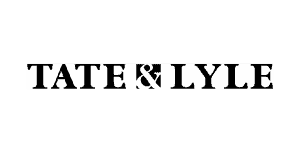Effective industrial noise reduction is essential for any facility. When people work here unprotected, they can suffer multiple negative effects. Some of these are permanent, including hearing loss. The sound can also damage equipment and harm the environment. With the help of our silencers, the noise and issues it causes will be addressed. We design and manufacture many models to suit different circumstances.
The acoustic experience in a facility can make or break it. You can say the same for many other complexes. There are a lot of noise control mistakes you can make during the construction process. To help you avoid them, we are going to detail what some of them are here.
Assuming there isn’t an issue
Firstly, never think that you don’t have a noise problem. Inside a factory, you do have an issue if someone gets exposed to certain sound levels. These are ones exceeding an A-weighing level of 85 dB. Even levels lower than this can be a concern. A 55dB level in a smaller space is a good example.
Occupants should not have to depend on earplugs or noise cancelling headphones to work efficiently. Within a facility, you should only consider ear protectors a temporary answer. Generally speaking, if communication is troublesome, you have an issue. A more permanent solution would be using a silencer for industrial noise reduction.
Consider noise control before starting projects
Not considering noise control at the outset of a project is another mistake. It is possible to treat a noise source post-installation. However, it is typically more expensive and less effective if you compare to designing with measures in mind from the start. Take some time to comprehend your acoustical expectations. Only afterwards should you install the source of noise.
Failing to use a systems approach
A common waste of noise control money is not considering all potential sources and paths. Treating one sound source or path but not the others can leave noise at unacceptable levels when you complete a project. As a result, your investment may not provide the solution you need.
To gain an understanding of the acoustic situation, examine airborne and structure-borne paths. The first noise is often contained to the location immediately surrounding the source. As for the latter, the sounds resonate to other parts of the structure. It is not viable to chase noise throughout the building. You need to stop it at the source by attending to all potential pathways for escape.
Get the right support with industrial noise reduction
At Ventx, we have worked with an impressive list of clients, satisfying many specifications and noise situations. We design multiple silencers that work in all sorts of facilities. With them in place, noise becomes a far less worrying issue.
So, if you would like to know more about how we approach industrial noise reduction, feel free to contact us. We have the skills and experience to provide solutions that work, whether it is a new facility or installing measures in an existing one.









